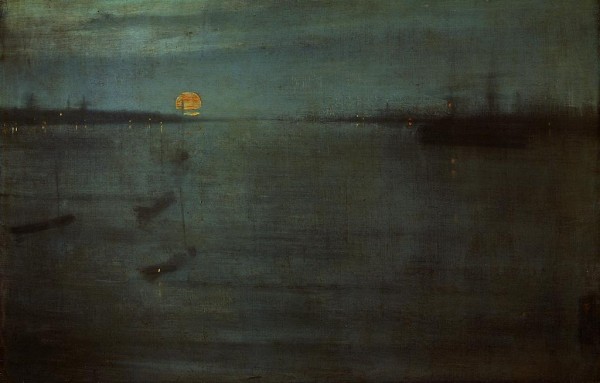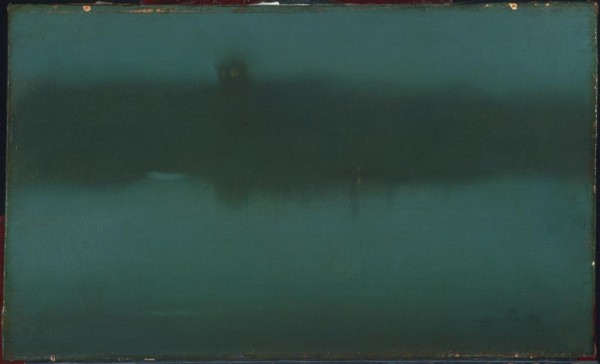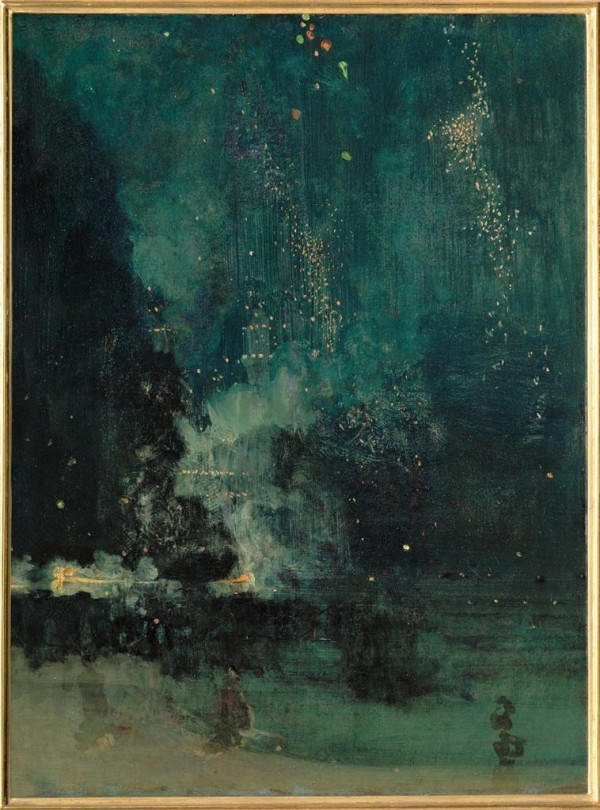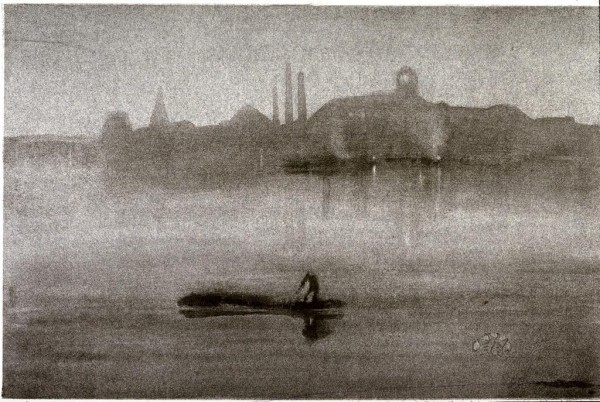James Abbott McNeil Whistler
Sunday, 4 August 2013




From Top to Bottom: Nocturne: Blue and Gold – Southampton Water (1872), Nocturne (1875-1880), Nocturn in Black and Gold, the Falling Rocket (1875), Nocturne (1878)
“Whistler’s aim in these works was to convey a sense of the beauty and tranquility of the Thames by night. It was Frederick Leyland who first used the name ‘nocturne’ to describe these moonlit scenes, suggesting the concept of evening, or night, but with musical associations. The expression was quickly adopted by Whistler, who later explained,
‘By using the word ‘nocturne’ I wished to indicate an artistic interest alone, divesting the picture of any outside anecdotal interest which might have been otherwise attached to it. A nocturne is an arrangement of line, form and colour first.’
Whistler preferred the calm of the river at night to the noise and bustle of the Thames by day. With the Greaves brothers as his oarsmen, he would set off at twilight and sometimes remain on the river all night, sketching and memorising the scene. He never painted his Nocturnes on the spot, but rather from memory in his studio, employing a special medium devised for painting swiftly in oils. He thinned his paint with copal, turpentine and linseed oil, creating what he called a ‘sauce’, which he applied in thin, transparent layers, wiping it away until he was satisfied.”
-Frances Fowle for The Tate Britain